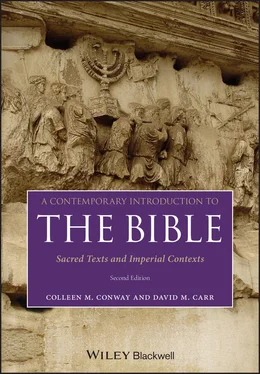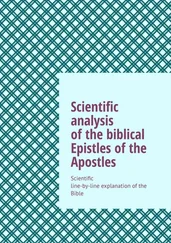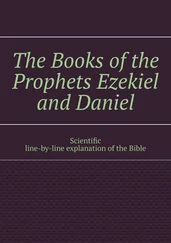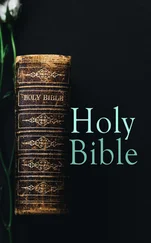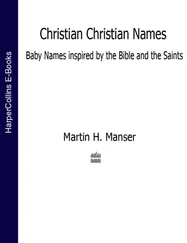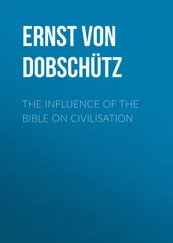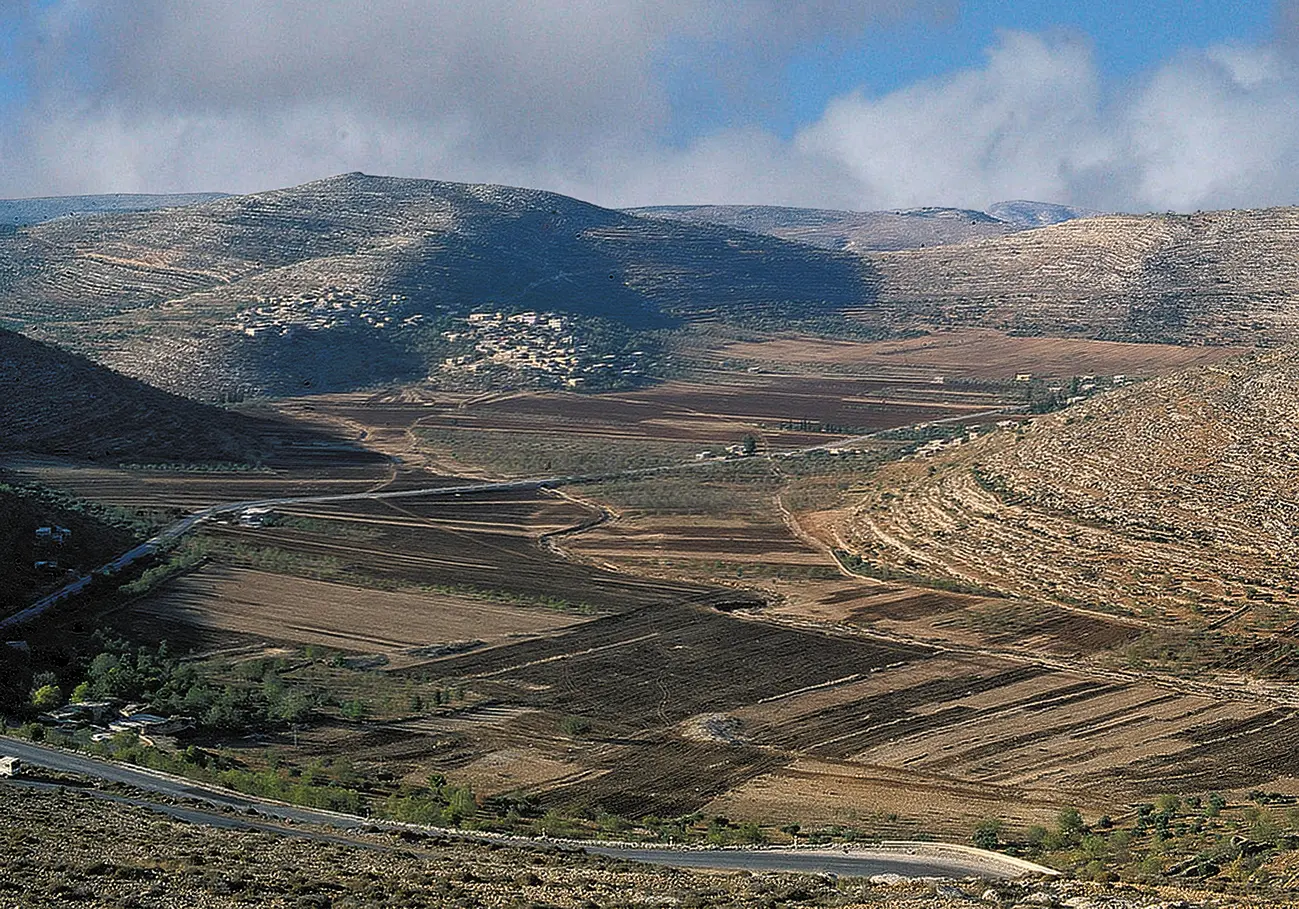
FIGURE 2.1 Part of the hill country of central Israel. Notice the ancient terraces cut into the limestone hills to help in farming them.
Our village would have only a few homes, housing a handful of clans, settled in separate households where extended families lived together (see figure 2.2 for an image of a typical house): grandparents, their sons and sons’ wives, unmarried daughters, and dependents. Only about 50–200 people would have lived in each such village, and their lives were short and hard (as everywhere else in the ancient world). Though a few lucky individuals lived much longer, most males who survived early childhood typically lived into their mid-thirties, while most women died as early as their late twenties, half of them in childbirth. They were vulnerable to starvation, diseases, warfare, and (for women) the hazards of childbirth.
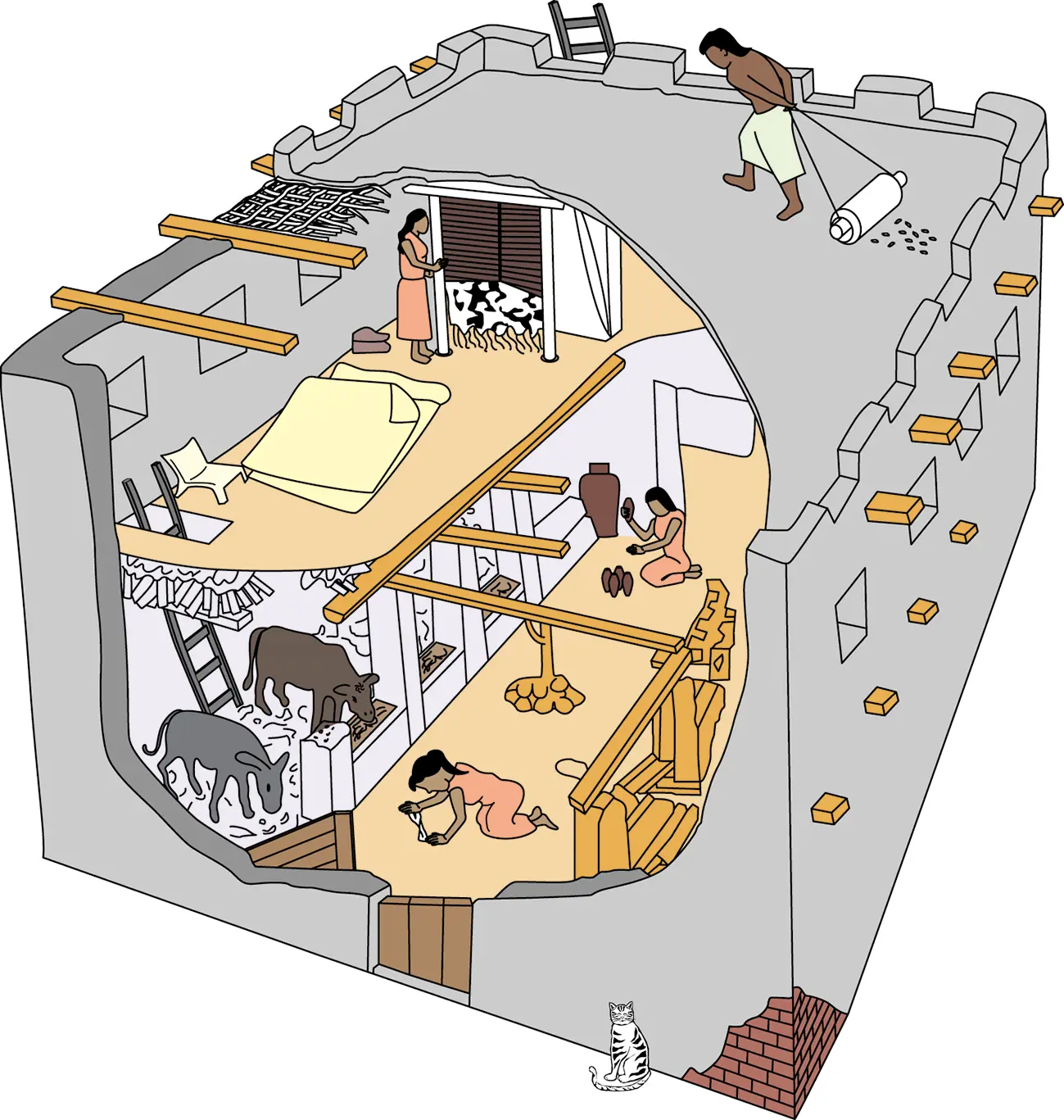
FIGURE 2.2 Typical pillared house of the Israelites. The bottom floor had stables for animals, cistern for water, and areas for cooking and food preparation. The top floor was where the family slept, dined, and entertained. Redrawn from Philip J. King and Lawrence E. Stager, Life in Biblical Israel . Louisville, KY: Westminster John Knox Press, 2001, page 29.
Because a village lacked a wall or many men of fighting age, it was vulnerable to raids from other areas or attacks by the organized armies of the city-states in the coastal areas and lowlands. Their only hope of defense was divine help, along with assistance from banding together with other villages in their tribe (e.g. Ephraim, Manasseh, Asher). In times of particular crisis, the villages of multiple tribes might join together in a temporary military alliance led by a charismatic individual. As we will see in the Song of Deborah, it was not always easy to pull together these scattered tribes and villages into a coordinated defense. Such texts show that – contrary to some other biblical portrayals – earliest “Israel” was a very loosely organized whole. Villages and tribes bonded together to counter the unpredictabilities of military or agricultural catastrophe. Still, the primary social reality for most people in early Israel would have been their village and its clans. They would have spent the vast bulk of their lives living and working within the confines of the village itself and the surrounding hills.
What Was Earliest “Israel” and Who Were “Judges”?
Though the Bible portrays “Israel” as a coherent group of 12 tribes descended from Jacob, most scholars now agree that this is not an accurate historical portrayal. Instead, as we will see later (in our look at Judges 5), earliest “Israel” was loosely organized. It was a group of tribes who shared a way of life (in villages) and helped in each other’s military defense. Anthropologists use the term “ segmentary society” to describe the kind of decentralized social grouping that was early Israel.
One distinctive element of such segmentary societies is the lack of a permanent power structure, such as a kingship. Instead, the villages and larger groupings were guided in their day-to-day life by elders. In times of great need, charismatic leaders, such as Deborah, would arise to unite the different groups of “Israel” into a common army. They are referred to in English biblical translations as “judges,” but a better – though awkward – translation probably would be “temporary leaders.”
This way of life contrasted with that of non-Israelite monarchal city-statesnear Israel. Ancient Near Eastern city-states were territories controlled by a city, generally cities ruled by kings. Such cities could amass resources and achieve levels of organization that were impossible in more decentralized systems such as tribal Israel. The walls around cities gave them immense defensive advantages over forces attacking with superior numbers. City-states often had a professional army, whose training and equipment gave them an advantage over more disorganized voluntary forces like those of Israel. Their greater military power and social organization allowed them to dominate surrounding areas, requiring peasants under their domination to help build fortifications in the city and provide regular deliveries of a certain amount of their produce. Even though the stories of the book of Judges come from a later time, we can read between the lines to see signs of struggle by Israelites against the attempts of surrounding city-states (e.g. Hazor) to dominate them. These threats, along with raids from groups such as the Midianites and Amalekites, created the need for charismatic leaders in crisis, “judges” such as Deborah or Samson, to rally disparate villages and tribes together, pooling their resources to repel a common enemy.
One enemy these Israelites did not have to face – in stark contrast to later periods in the history of Israel – was the might of a major ancient Near Eastern empiresuch as Egypt or Babylonia. The most this village culture would have known of such superpowers would have been distant echoes of Egyptian influence in some of the cities against which the villages had to fight for survival. Before the Israelite settlements emerged, Egypt had dominated the area for about two hundred years, subduing and demanding allegiance from the rulers of its major cities. Eventually, Egypt lost control of the area. Nevertheless, Egyptian influence continued for centuries in major coastal cities such as Byblos, and elsewhere in Palestine.

FIGURE 2.3Tablet containing a letter from Abdi-heba, the ruler of Jerusalem while it was still a Jebusite city, before David captured it. In it the ruler reports on the area to his overlords in Egypt.
Unfortunately, we lack written texts from the Israelites of this period. Like other peoples of small villages across the Near East, the early Israelites almost certainly did not have time or need to learn to read and write extensive literary texts. We know from both comparative and archaeological evidence that writing – when it occurs – is primarily connected to centralized and hierarchical urban forms of social organization (e.g. Jerusalem). Nevertheless, like other small groups throughout time, our early Israelite villagers would have had a rich and varied cultural life. Rather than writing texts, they passed on traditions orally from one generation to another. These traditions would have included genealogical trees organizing clans and villages into tribal groups and subgroups, stories of cultural heroes such as Jacob, and songs of deliverance about the exodus or the victory under Deborah.
History and the Books of Joshua and Judges
At this point we are discussing Israel’s earliest history in the land. This is the time when Israel lived in villages and did not yet have a king, a period described in the biblical books of Joshua and Judges. These books, however, date from around 600 bce at the earliest, at least five hundred years after the events they describe. They are different from each other, and each builds on diverse oral and written traditions to tell its stories. For example, the books tell up to three different stories of the conquest of several cities: e.g. Hebron in Josh 10:36–7, 15:13–14, and Judg 1:10 or Debir in Josh 10:38–9, 15:15–17, and Judg 1:11. Because of problems like these historians of ancient Israel are ever more careful about how they use information from Joshua and Judges. Also, the discipline of archaeology has provided an important control for helping such historians evaluate the historical usefulness of biblical traditions. Later in this Introduction we will return to look at the books of Joshua and Judges as theological texts addressed to the people of the seventh century.
Читать дальше
